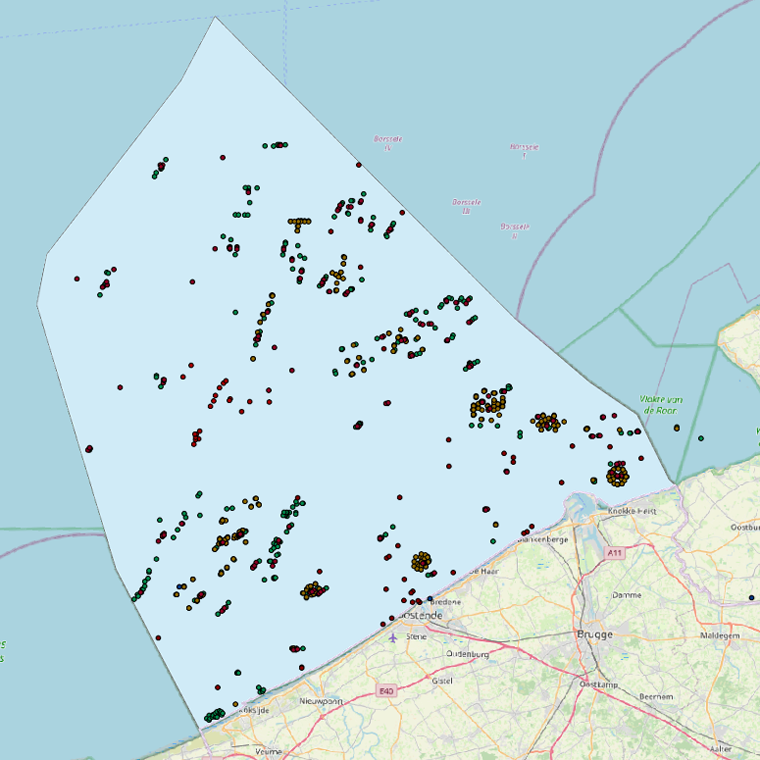Contact for the resource
Royal Belgian Institute for Natural Sciences (RBINS)
Type of resources
Available actions
INSPIRE themes
federalThemes
Keywords
Contact for the resource
Provided by
Years
Update frequencies
Service types
From
1
-
1
/
1
-

This web service allows viewing the datasets under the Marine Strategy Framework Directive (MSFD).
 geo.be Metadata Catalog
geo.be Metadata Catalog